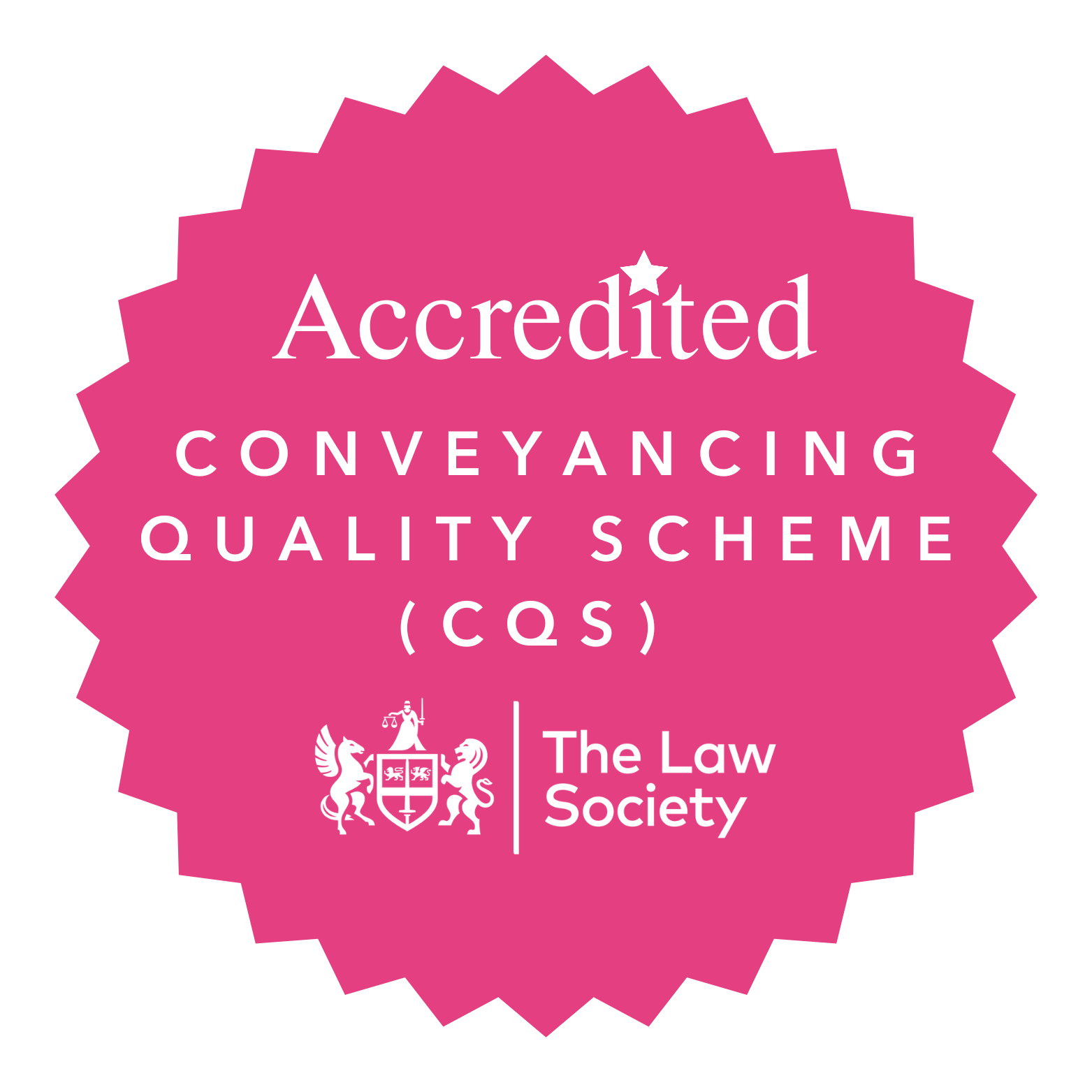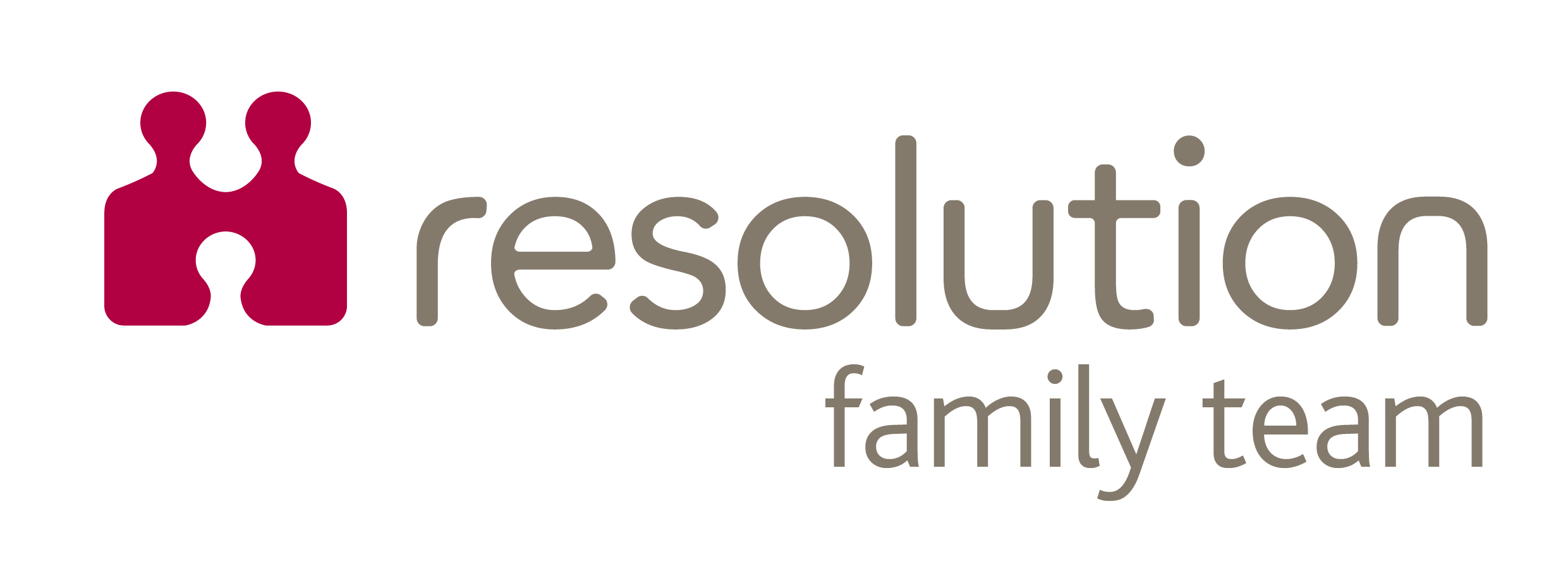As we start a new decade and look to the future, family business owners might well wish to consider their direction in a post Brexit world. But whilst we await a negotiated trade deal with the EU, closer to home, the Office of Tax Simplification has already set out its direction on potential changes to the inheritance tax regime. The current IHT regime is generous in the reliefs available to family business owners when passing on business assets whether in lifetime or on death but for how much longer?
Emily O’Donnell, who specialises in succession planning for agricultural families, business owners and individuals with significant personal wealth, discusses how these changes could significantly impact family businesses and highlights the importance of consistently reviewing and refreshing your family business succession plan.
How does it look at the moment?
Under current legislation, “trading” businesses and farming assets can qualify for full relief from inheritance tax under agricultural property relief (APR) and business property relief (BPR). As it stands, to qualify for BPR, a business must be “wholly or mainly” trading which is generally considered to be a 51/49 test. For many business owners, this means that the overall value of their business will qualify for 100% relief despite the fact that the business may generate income from non-trading, investment activities (such as let properties).
How could the changes impact my family succession plan?
The Office of Tax Simplification has questioned why the test for BPR is different from the test in determining a “trading” company for CGT purposes. For CGT reliefs (such as Entrepreneurs Relief and Holdover Relief) a business must be “substantially” trading, considered to be an 80/20 test. The OTS has recommended that going forward, the two tests should be aligned. This may have a significant impact on family businesses which have diversified over the years and carry on more than one activity. Previously such businesses will have been passed onto the next generation without an IHT charge on the death of the owner and thought should now be given to the impact this recommendation may have.
In addition to these generous IHT reliefs, where assets are owned on death, for CGT purposes the value of the assets is uplifted to market value at the date of death. Where family businesses are concerned, assets may have been held for many generations meaning assets have a very low base cost (often March 1982 values). The OTS notes that the generous IHT reliefs coupled with CGT rebasing makes it more attractive to hold these assets until death and recommends that where an IHT relief is given, the tax free uplift on death is removed so that beneficiaries receive the assets at CGT base cost. This would mean that if the business were sold shortly afterwards, a CGT charge would crystallise.
Have you reviewed your family business succession plan?
Whilst these are of course recommendations and it remains to be seen the extent to which, if at all, these changes are implemented, perhaps the start of 2020 is the time to consider afresh the succession of the family business taking into consideration these proposals.
Writing a succession plan is highly complex and requires a lot of organisation and communication. Before you embark on this process, it’s important to consider appointing a trusted advisor to guide and support you and your family through this process.






